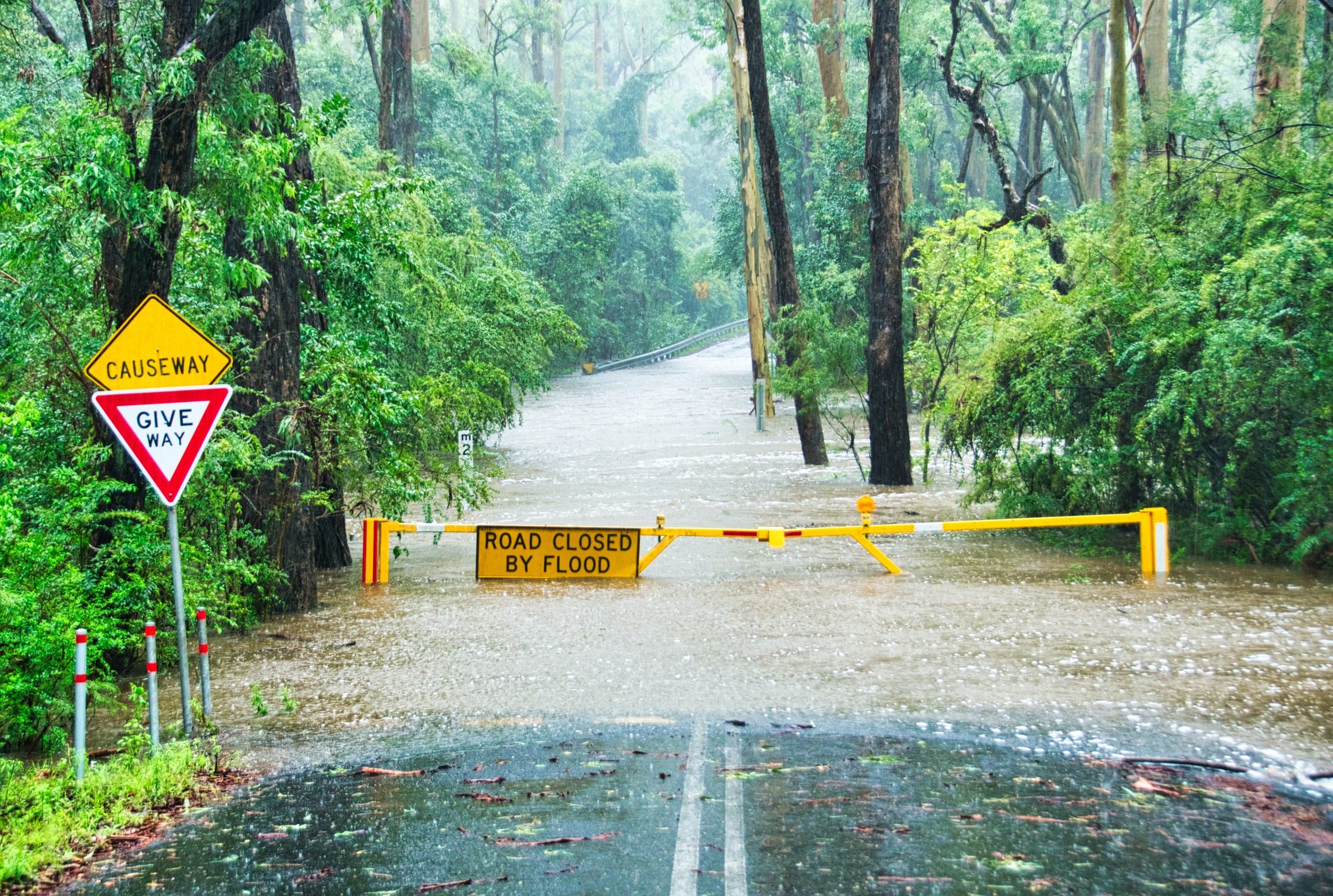- Homepage
- ❯
- News
- ❯
- Media centre
- ❯
- IIGCC publishes discussion paper to support the development of a Climate Resilience Investment Framework
Media centre
IIGCC publishes discussion paper to support the development of a Climate Resilience Investment Framework

- Building on IIGCC’s previous work on physical climate risks and opportunities, the discussion paper outlines the importance of climate resilience to institutional investors
- IIGCC outlines a proposed structure for the Climate Resilience Investment Framework, the foundations of target setting and the potential for an investor resilience commitment
- IIGCC invites interested parties to provide feedback to the discussion paper and to contribute to the phased development of the framework
The Institutional Investors Group on Climate Change (IIGCC) has today published a new discussion paper on climate resilience. The paper – Working towards a Climate Resilience Investment Framework – calls for input from interested parties on the development of a new framework and aims to further the climate resilience agenda across the financial industry.
The paper states that the framework should address asset risks, portfolios risks and systemic risks – the multi-layered approach is based on the principle and supporting evidence that the physical impacts of climate change can have systemic consequences, such a severe drought driving up prices across the global food supply chain.
Stephanie Pfeifer, CEO, IIGCC, said: “The physical impacts of climate change are posing an ever-increasing risk to investors across different geographies, sectors and asset classes. Therefore, with a fiduciary duty to manage risk on behalf of their clients, the fundamental need for investors to understand the impact of physical climate risks to their investment portfolios has also risen markedly.”
“Critically, not only does the proposed Climate Resilience Investment Framework aim to help investors better understand their exposure to physical climate risk, but it also seeks to promote investor action that will build climate resilience at an asset, portfolio and wider societal level. We look forward to collaborating with interested parties on the future development of the framework.”
Marion Maloney, co-lead of IIGCC’s Adaptation and Resilience Working Group and Head of Responsible Investment and Governance at the Environment Agency Pension Fund, said: “Climate change is happening now. However much an investor reduces their emissions, they cannot insulate their investments from a world where temperature rises are increasing. Currently, however, it can be hard for an investor to understand how significant the changing climate is on an investment portfolio or spot the investment opportunities which can help build resilience.”
“I hope IIGCC’s Climate Resilience Investment Framework is the impetus for wider action across the investment community and that together we can help build a clean and climate-resilient future.”
Framework structure and steps for investors to take
IIGCC’s proposed structure for the Climate Resilience Investment Framework covers five key areas of: Governance and strategy; Targets and objectives; Strategic asset allocation; Asset class alignment; and Policy advocacy and market engagement.
Each of the five areas are underpinned by steps that investors can take now to support climate resilience objectives. For example, one of the nine suggested investor steps under Governance and strategy is: ‘Define beliefs, investment strategy and mandates/performance objectives for staff in relation to climate resilience’.
IIGCC’s Climate Resilience Investment Framework also aims to adopt the same broad approach to target setting as the Net Zero Investment Framework. However, recognising the physical risk and resilience landscape is nascent, the initial focus of indicators will be on action investors can take now to support resilience efforts and manage physical climate risk in portfolios. Initial indicators can then evolve into quantitative targets in the future.
Next steps and call for collaboration
The discussion paper also covers the potential for a resilience commitment for investors, although IIGCC believes that for a number of reasons, including nascency in financial sector approaches to enhance climate resilience, it is currently difficult to do so. In lieu of this, IIGCC calls on investors to collaborate and work together to enhance a framework for supporting resilience.
The deadline for providing feedback on the discussion paper is Friday 14 October. Once feedback has been reviewed by IIGCC’s adaptation and resilience working group, IIGCC will beginning trialling components with investors and then releasing them on an iterative basis over the course of 2023 and beyond.
The paper follows previous research on physical climate risk by IIGCC since 2020 – Understanding physical climate risks and opportunities; Addressing physical climate risks: key steps for asset owners and asset managers; Building Resilience to a changing climate: Investor expectations of companies on physical climate risks and resilience.
– ENDS –
Media contact
Ross Gillam, Head of Media Relations, IIGCC
+44 (0)738 850 6013
About IIGCC
The Institutional Investors Group on Climate Change (IIGCC) is the European membership body for investor collaboration on climate change and the voice of investors taking action for a prosperous, low carbon future. IIGCC has more than 375 members, mainly pension funds and asset managers, across 23 countries, with over €51 trillion in assets under management.
IIGCC works to support and help define the public policies, investment practices and corporate behaviours that address the long-term risks and opportunities associated with climate change. For more information visit www.iigcc.org and @iigccnews.